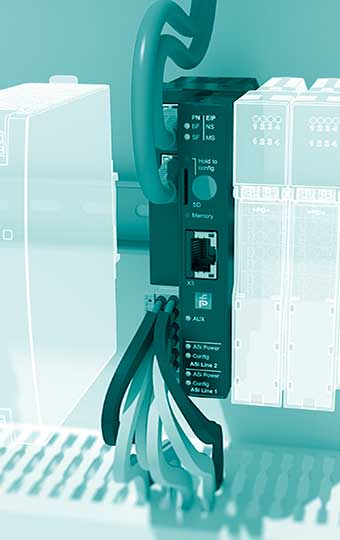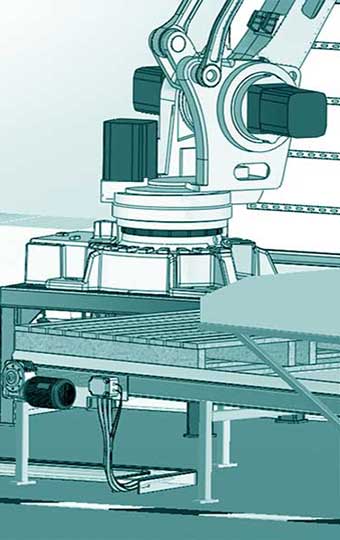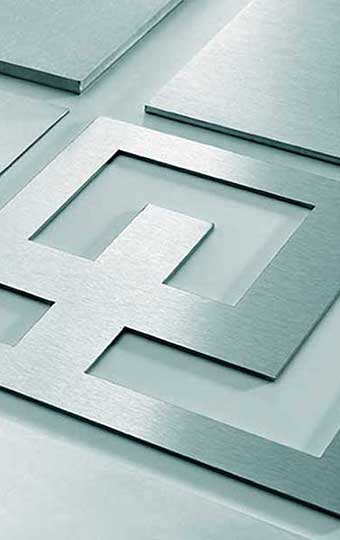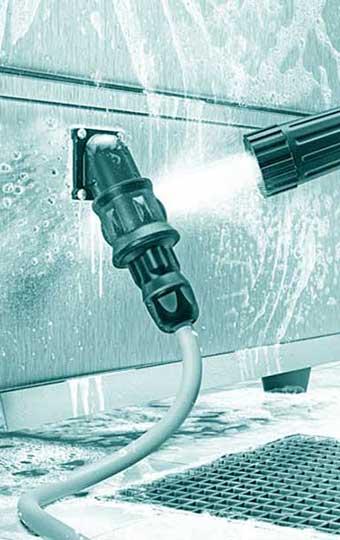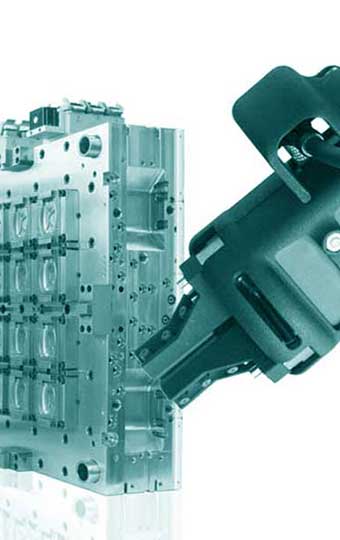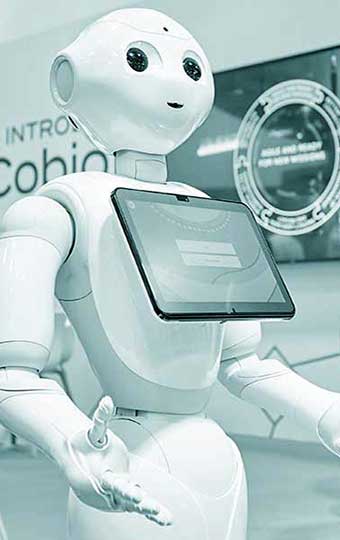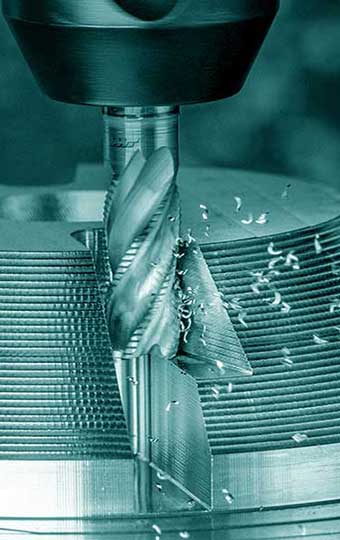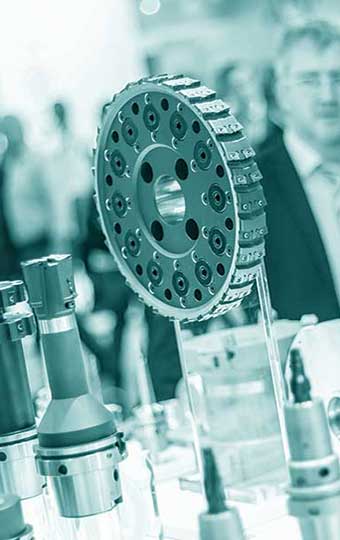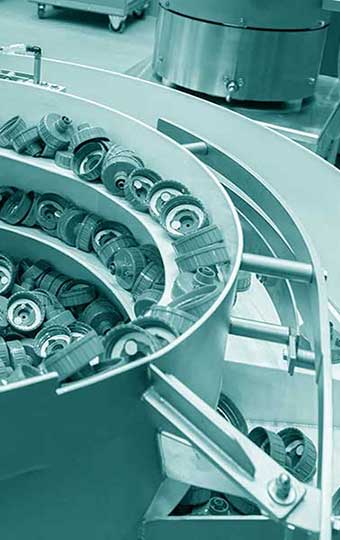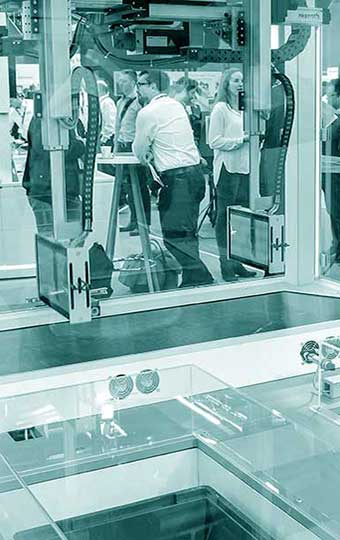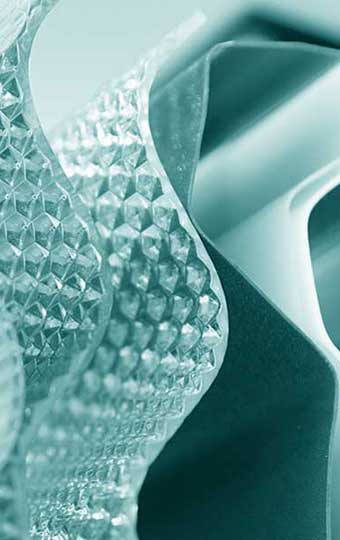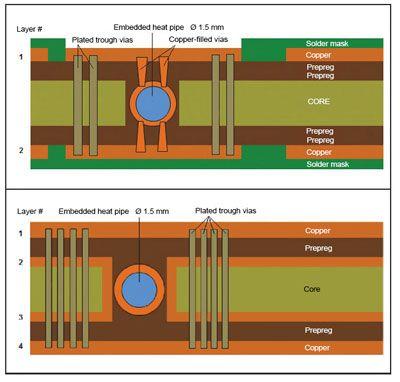Online magazine for design and development
Here you will find everything that the designer needs for his design and the development engineer for his new development, from the draft to quality assurance in production, such as new products, their applications, new technologies or research results. Company reports as well as topics on technological and megatrends in all industrial sectors complete our range of industry news. Let's start with the news.
Company News
Federal Minister of Economics Habeck visits the Turck stand
Federal Minister of Economics Dr. Robert Habeck visited the Turck Group at the Hannover Messe 2024 to find out how the automation specialist contributes to sustainability in the industry.
Annual report 2023, 247 new products and Igus Go app
Igus is presenting the new business figures and presenting 2024 new products at the Hannover Messe 247 and would like to advance the goal of “Zero Lubrication” with the Igus Go app.
IFM will increase sales to over EUR 2023 billion in 1,4
IFM Electronic was able to increase sales again in the 2023 financial year. The preliminary consolidated financial statements show a new sales record with sales of over 1,4 billion euros and growth of 3%.
Jumo Campus for sensors and measurement technology
Jumo has designed further training courses with a view to the currently exciting topics being discussed in individual sectors and offers corresponding seminars as part of the Jumo Campus.
Schaeffler AG increases sales by 2023% in 5,8
Schaeffler AG's sales increased by 2023% to EUR 5,8 billion in 16,3. Currency-adjusted sales growth was 5,8 percent, which is within the forecast for the 2023 financial year.
Industry news for your design and development from the specialist areas
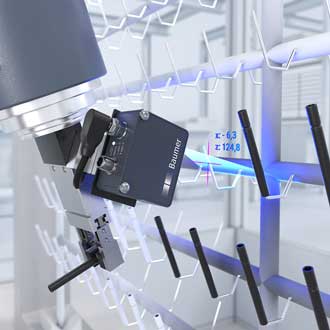
Sensors
New sensor class simplifies positioning tasks significantly
The smart 2D profile sensors from Baumer define a new sensor class for precise and fast positioning and inspection tasks.

cables and wires
PTFE and PFAS free Chainflex cables
Igus gives the “PFAS free” seal to 95% of its Chainflex cables, which are free of the harmful substances PFAS and PTFE.
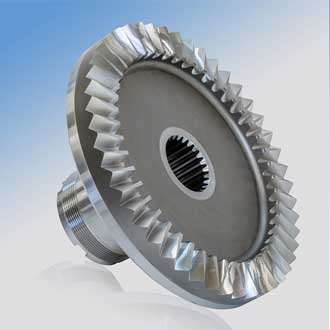
Drive Elements
New manufacturing technologies improve crown gear production
Welter Zahnrad has further developed its production processes for crown gears and can now produce them in quality 3967 according to DIN 5.

IPC
Ex-protected tablet with augmented reality qualities
Pepperl+Fuchs is expanding its Ecom “Tab-Ex” tablet series with a device based on the robust Samsung Galaxy Tabactive4 Pro.
Industry news for your design and development from the branches

Mobile Machinery
Tailor-made brakes for autonomous forklifts
Kendrion Intorq has developed innovative braking technology with Bastian Solutions for the new autonomous forklift CB18.
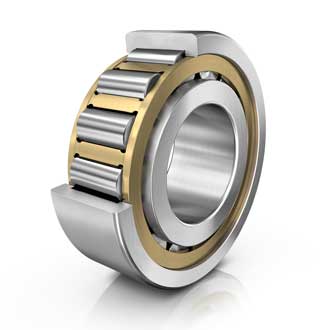
Mobile Machinery
Cylindrical roller bearings for heavy industrial gearboxes and construction machinery
Schaeffler is introducing new cylindrical roller bearings in which the service life has doubled and the load capacity has increased by 24%.
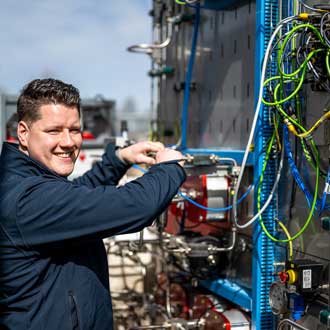
Automobile
IO module secures hydrogen filling stations from Resato
Resato Hydrogen Technology has implemented a modular and scalable concept for H2 filling stations with Turck and its IO modules.

food technology
Lubrication and sealing-optimized linear guide
Schaeffler presents linear guides for food technology with optimized seals, wipers and long-term lubrication units.
Industry fair news
Hannover Messe promotes energy for sustainable industry
As a networked industrial ecosystem, the exhibitors demonstrate how climate neutrality can be achieved through the use of electrification, digitalization and automation under the guiding theme of Energizing a sustainable Industry.
Control Fair 2024 | The industry is already looking forward to Stuttgart
Control 2024, the important international trade fair for quality assurance, will take place from April 23rd to 26th in Stuttgart. The trade fair places a particular focus on automation and digitalization.
SPS Nuremberg: Now in 16 halls!
The SPS – Smart Production Solutions from November 14th to 16.11th. 2023 will see significant growth in the trade fair compared to the previous year and is on the way to pre-Corona levels.


